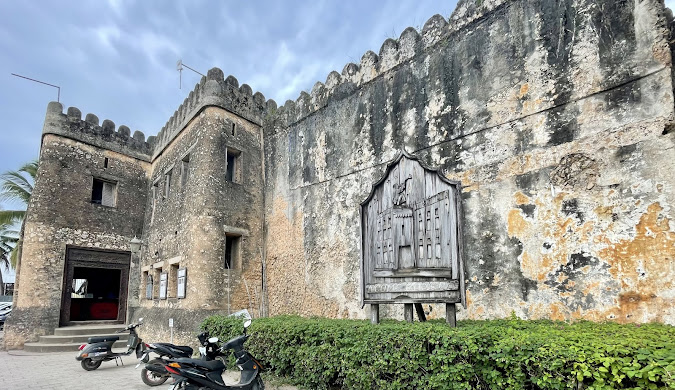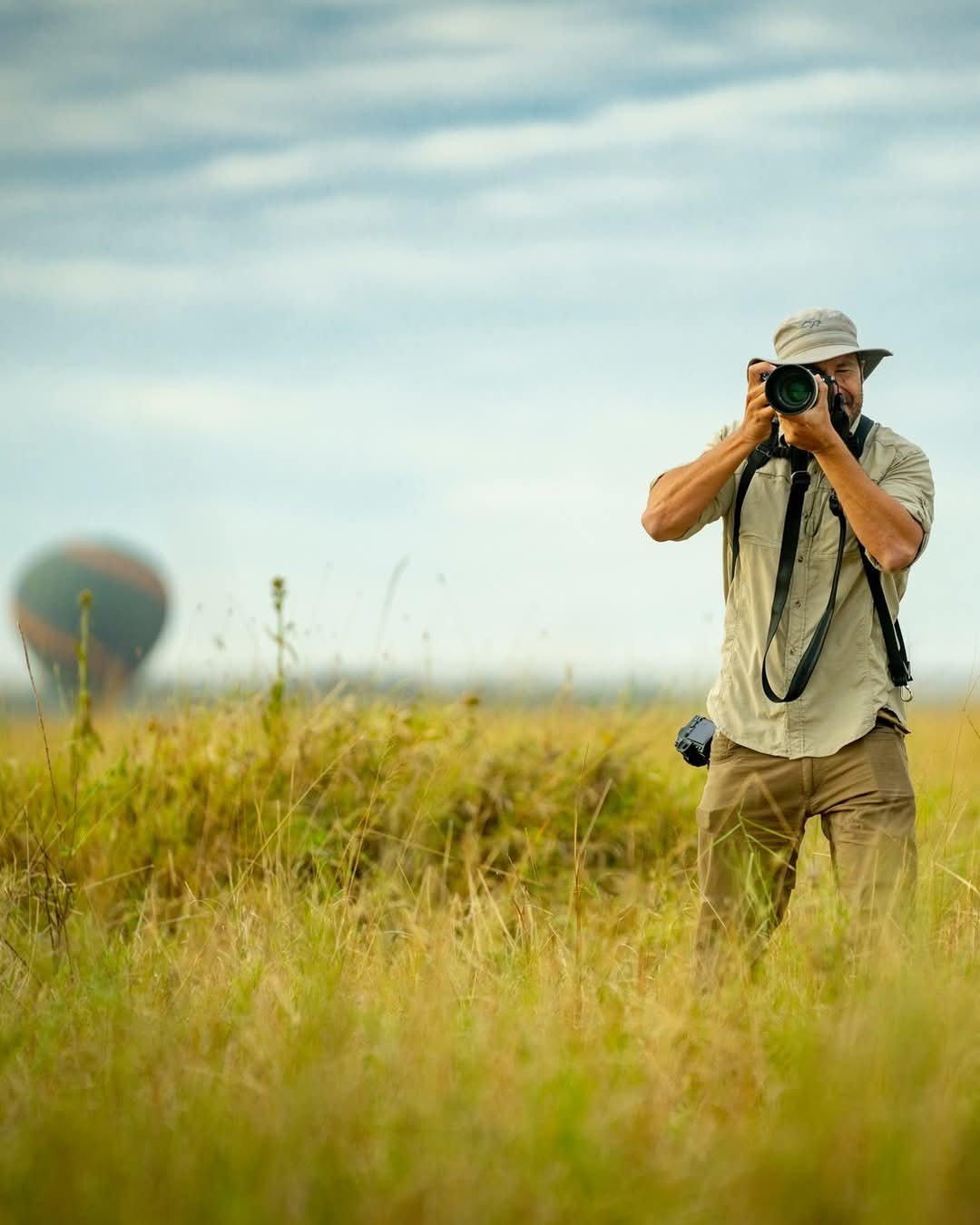Explore Zanzibar's rich spice history and discover how this small island became the center of the global spice trade, shaping its culture and cuisine.
# Zanzibar's Spice Heritage: A Journey Through the Spice Island
Zanzibar's nickname "The Spice Island" isn't just a marketing slogan – it's a testament to centuries of history that shaped not only the island's economy but its entire cultural identity. From the aromatic clove plantations to the bustling spice markets of Stone Town, Zanzibar's spice heritage continues to enchant visitors and define the island's character.
## The Historical Spice Trade
### Early Beginnings
Zanzibar's strategic location in the Indian Ocean made it a natural hub for trade between Africa, Arabia, India, and the Far East. By the 10th century, Arab and Persian traders had established the island as a crucial stop on the spice route.
### The Omani Period (1698-1964)
The Omani Arabs transformed Zanzibar into the world's largest producer of cloves:
- **Sultan Seyyid Said** moved his capital from Muscat to Zanzibar in 1840
- Introduced clove cultivation from Indonesia
- Established vast plantations using slave labor
- Made Zanzibar the world's primary clove supplier
### Economic Dominance
At its peak in the 19th century:
- Zanzibar produced 80% of the world's cloves
- The island was one of the wealthiest places in East Africa
- Spice revenues funded the construction of Stone Town's magnificent buildings
- The Sultan's palace was among the most luxurious in the Indian Ocean
## The Spices of Zanzibar
### Cloves (Karafuu)
**The King of Spices**
- Introduced from the Moluccas (Indonesia) in 1818
- Zanzibar became the world's largest producer
- Used for cooking, medicine, and preserving food
- Still a major export crop today
**Cultivation Process**:
- Trees take 6-8 years to mature
- Harvested twice yearly
- Flower buds picked by hand when pink
- Dried until they turn brown
### Cardamom (Iliki)
**The Queen of Spices**
- Native to India, thrives in Zanzibar's climate
- Used in Arabic coffee and Indian cuisine
- One of the world's most expensive spices
- Requires careful hand-harvesting
### Cinnamon (Mdalasini)
**The Sweet Bark**
- Bark of the cinnamon tree
- Harvested during rainy season when bark peels easily
- Used in both sweet and savory dishes
- Important in traditional medicine
### Black Pepper (Pilipili Manga)
**Black Gold**
- Climbing vine that grows on support trees
- Peppercorns harvested when half-ripe
- Dried in the sun until they shrivel and turn black
- Once worth its weight in gold
### Nutmeg and Mace (Kungumanga)
**The Dual Spice**
- Both come from the same fruit
- Nutmeg is the seed, mace is the covering
- Used in cooking and traditional medicine
- Requires 7-9 years for trees to bear fruit
### Vanilla (Vanila)
**The Exotic Orchid**
- Hand-pollinated orchid vine
- Labor-intensive cultivation process
- Pods must be cured for months
- One of the world's most valuable flavors
## Spice Plantation Tours
### What to Expect
A typical spice tour includes:
- **Guided walks** through working plantations
- **Hands-on experiences** touching, smelling, and tasting spices
- **Traditional cooking demonstrations**
- **Cultural interactions** with local farmers
- **Fresh spice purchases** directly from growers
### Popular Plantation Locations
**Kizimbani Spice Farm**:
- Historic plantation near Stone Town
- Comprehensive spice variety
- Traditional cooking demonstrations
- Cultural performances
**Tangawizi Spice Farm**:
- Organic farming methods
- Interactive experiences
- Traditional medicine demonstrations
- Authentic local lunch
**Kidichi Persian Baths**:
- Combines spice tour with historical site
- Built by Sultan Said for his Persian wife
- Beautiful architecture and spice gardens
- Less crowded alternative
### Best Time for Spice Tours
- **Year-round activity** but best during:
- **Dry season** (June-October) for comfortable walking
- **Harvest seasons** vary by spice:
- Cloves: July-December and January-February
- Cardamom: October-December
- Cinnamon: Rainy season (March-May)
## Spice Markets of Stone Town
### Darajani Market
**The Heart of Spice Trading**
- Largest market in Stone Town
- Overwhelming sensory experience
- Fresh and dried spices available
- Bargaining expected
**What You'll Find**:
- Whole and ground spices
- Spice blends and mixtures
- Traditional medicines
- Cooking ingredients
### Creek Road Spice Shops
**Specialized Spice Vendors**
- More organized than Darajani
- Higher quality products
- Fixed prices
- Better for tourists
### Forodhani Gardens Evening Market
**Spiced Street Food**
- Evening food market
- Spice-infused local dishes
- Zanzibar pizza with spices
- Urojo (spiced soup)
## Culinary Heritage
### Zanzibar Cuisine Influences
The spice trade created a unique fusion cuisine:
- **Arabic influences**: Rice dishes, grilled meats
- **Indian influences**: Curries, biryanis, chapatis
- **Persian influences**: Pilau, sweet dishes
- **African influences**: Coconut, cassava, tropical fruits
### Signature Spiced Dishes
**Zanzibar Pilau**:
- Fragrant rice dish with multiple spices
- Cardamom, cinnamon, cloves, cumin
- Often served with meat or fish
- Symbol of Zanzibar's spice heritage
**Urojo (Zanzibar Mix)**:
- Spicy soup with various ingredients
- Tamarind, ginger, garlic, chili
- Street food favorite
- Each vendor has secret spice blend
**Zanzibar Curry**:
- Coconut-based curries
- Complex spice blends
- Influenced by Indian techniques
- Uses local seafood and vegetables
**Mandazi**:
- Spiced doughnuts
- Cardamom and cinnamon flavored
- Popular breakfast item
- Arabic influence evident
### Traditional Spice Blends
**Mchuzi Mix**:
- All-purpose curry powder
- Coriander, cumin, turmeric, fenugreek
- Used in most Zanzibar dishes
- Each family has their own recipe
**Pilau Masala**:
- Specific blend for pilau rice
- Cardamom, cinnamon, cloves, black pepper
- Creates the distinctive pilau flavor
- Carefully balanced proportions
## Cultural Impact of Spices
### Architecture and Spices
Spice wealth influenced Stone Town's architecture:
- **Ornate buildings** funded by spice profits
- **Spice storage warehouses** throughout the old town
- **Merchant houses** with distinctive features
- **Palace and fort** construction
### Social Structure
The spice trade created distinct social classes:
- **Arab plantation owners** at the top
- **Indian merchants** as middlemen
- **African slaves** as laborers
- **Mixed communities** in Stone Town
### Religious Influences
Spices played roles in religious practices:
- **Islamic traditions**: Spices in religious ceremonies
- **Traditional healing**: Spices as medicine
- **Cultural rituals**: Spices in celebrations
- **Hospitality customs**: Spiced tea and coffee
## Modern Spice Industry
### Current Production
Today's spice industry faces challenges:
- **Competition** from other producing countries
- **Climate change** affecting yields
- **Market fluctuations** in global prices
- **Need for modernization** in farming techniques
### Sustainable Practices
Modern initiatives include:
- **Organic farming** methods
- **Fair trade** certification
- **Farmer cooperatives** for better prices
- **Agritourism** as additional income
### Value Addition
New approaches to spice business:
- **Processing facilities** on the island
- **Packaging and branding** for export
- **Essential oil extraction**
- **Spice-based products** for tourists
## Medicinal Uses of Spices
### Traditional Medicine
Zanzibar spices have long medicinal traditions:
**Cloves**:
- Natural antiseptic
- Dental pain relief
- Digestive aid
- Respiratory problems
**Cardamom**:
- Digestive disorders
- Respiratory ailments
- Detoxification
- Mood enhancement
**Cinnamon**:
- Blood sugar regulation
- Anti-inflammatory properties
- Digestive health
- Circulation improvement
**Ginger**:
- Nausea relief
- Anti-inflammatory
- Digestive aid
- Immune system boost
### Modern Research
Scientific studies confirm many traditional uses:
- **Antioxidant properties** in most spices
- **Anti-inflammatory effects** documented
- **Antimicrobial activity** proven
- **Potential health benefits** being researched
## Visiting Spice Plantations
### Planning Your Visit
**What to Wear**:
- Comfortable walking shoes
- Light, long-sleeved clothing
- Hat and sunscreen
- Insect repellent
**What to Bring**:
- Camera for photos
- Cash for purchases
- Water bottle
- Notebook for information
**Duration**: Most tours last 2-4 hours
### Choosing a Tour
Consider these factors:
- **Group size**: Smaller groups offer better experience
- **Guide expertise**: Knowledgeable guides enhance learning
- **Plantation authenticity**: Working farms vs. tourist setups
- **Additional activities**: Cooking classes, cultural performances
### Etiquette and Respect
- **Ask permission** before photographing people
- **Respect local customs** and traditions
- **Support local economy** by purchasing spices
- **Be mindful** of environmental impact
## The Future of Zanzibar's Spice Heritage
### Challenges
- **Global competition** from larger producers
- **Climate change** affecting growing conditions
- **Youth migration** to urban areas
- **Market price volatility**
### Opportunities
- **Tourism integration** with spice heritage
- **Organic and specialty markets**
- **Value-added products**
- **Cultural preservation** initiatives
### Conservation Efforts
- **Heritage site protection**
- **Traditional knowledge preservation**
- **Sustainable farming practices**
- **Cultural education programs**
## Conclusion
Zanzibar's spice heritage is more than just agricultural history – it's the story of cultural fusion, economic transformation, and enduring traditions. The aromatic legacy of the Spice Island continues to enchant visitors and provide livelihoods for local communities.
Whether you're exploring a spice plantation, bargaining in Stone Town's markets, or savoring a perfectly spiced pilau, you're participating in a tradition that spans centuries. The spices of Zanzibar tell the story of global trade, cultural exchange, and the enduring power of flavor to connect people across continents.
As you plan your visit to Zanzibar, make sure to immerse yourself in this spice heritage. Take a plantation tour, learn to cook with local spices, and bring home not just souvenirs, but a deeper understanding of how these small seeds and bark pieces shaped an entire civilization.
The Spice Island awaits, ready to share its aromatic secrets and timeless stories with every visitor who comes seeking the essence of Zanzibar.


